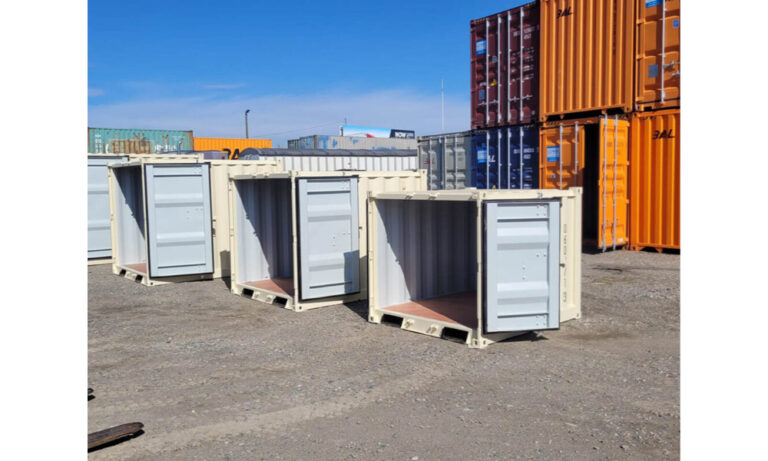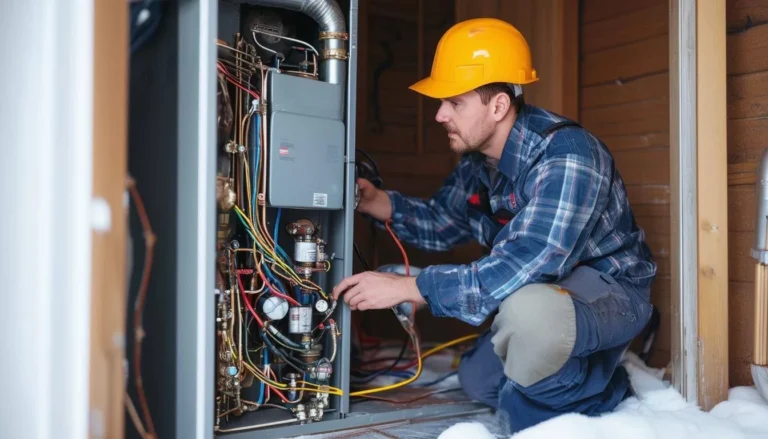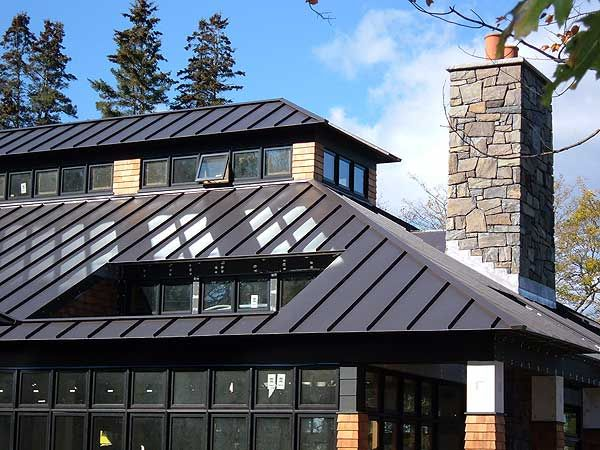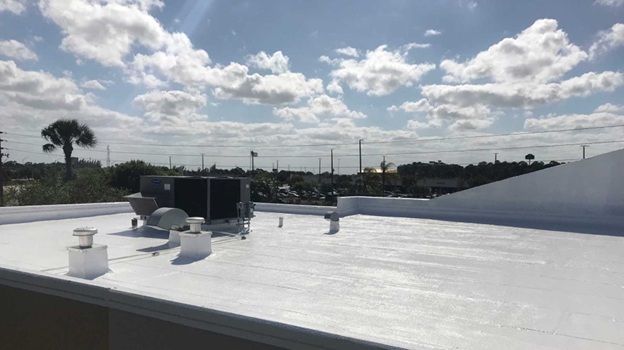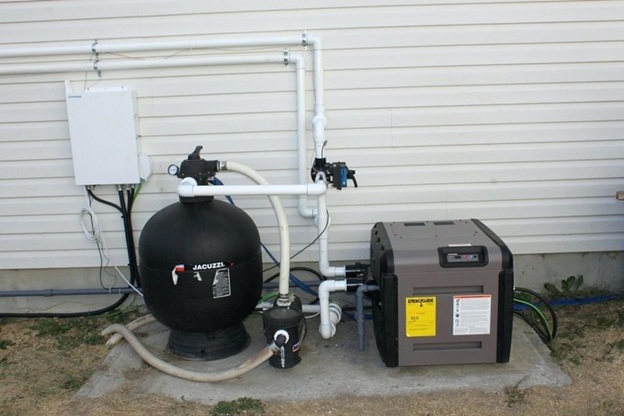Chicago homes work hard to stay comfortable through four distinct seasons. Screen doors and windows are key players, letting in fresh air while keeping bugs and debris out. When they stick, sag, or tear, comfort and safety suffer fast. This guide explains what causes damage, how pros restore smooth movement, and why precise fitting matters. You’ll also learn simple upkeep steps that help your screens last longer, look better, and function the way they should. For complex repairs or custom fitting, Apex Window Werks offers trusted, local expertise.
Typical causes of screen damage in high-traffic areas
Busy entryways take a daily beating. Pets push claws into mesh to see outside, children lean on frames, and delivery items bump the door on the way in. Over time, these small hits stretch the mesh and loosen the spline, the cord that holds the screen in place. Chicago’s wind can also slam a door, bending the frame or popping a corner tab. Summer sun dries mesh fibers, while winter cold makes frames brittle, and that mix speeds wear in high-traffic areas.
Common wear patterns and quick checks
Look for fraying around the handle where hands and bags rub the mesh. Shine a light along the bottom track; shiny lines often show the frame is scraping due to a slight bend or debris buildup. Press gently on each corner to see if the frame flexes more than the middle—extra flex means the miter joints may be loosening. Check the spline at corners for gaps; even a tiny opening invites bigger tears. If you notice these signs, a quick call for Expert Screen Door Repair Chicago can prevent a small problem from turning into a full replacement. Avoid “temporary” tape fixes; adhesive attracts dirt, weakens the mesh, and makes later repairs messier.
Techniques ensuring smooth door glide and frame alignment
A smooth-gliding door starts with a clean, true track and a square frame. Grit and pet hair collect in bottom rails, acting like sandpaper against the rollers. Worn rollers develop flat spots, so the door “thumps” as it moves and can jump the track. Pros clean the rails, de-burr rough edges, and replace rollers with the right size and hardness for the door’s weight. On hinged screen doors, tightening hinge screws and checking the jamb reveal improves frame alignment and closing action.
How pros restore alignment without replacing the door
Technicians check for square by measuring diagonals; unequal lengths show a racked frame. They re-seat corner keys, then fine-tune roller height so the panel is level and centered in the track. If the handle side drags, a careful lift and slight roller adjustment usually restores a smooth door glide without stress on the mesh. For metal doors, a light tap and clamp can true a minor bend, while stubborn twist may call for a new frame rail segment. Finally, a dry silicone lubricant on the track reduces friction and doesn’t attract dirt the way oil-based sprays do.
Maintaining airflow and natural light with durable screens
Good screens balance airflow, strength, and visibility. Standard fiberglass is flexible and budget-friendly, but it can stretch in busy entryways. Aluminum mesh resists stretching but can dent; it’s tougher around pets and kids. Pet-resistant polyester or vinyl-coated mesh offers stronger threads that stand up to claws without blocking too much breeze. For Chicago’s bright summers and long evenings, a darker charcoal color usually offers better outward visibility and a cleaner look from the curb.
Picking the right mesh for your home
Mesh count affects both air movement and clarity. Lower counts allow more airflow, while higher counts keep out tiny insects but may dim light a bit. If you want crisp views, consider a high-visibility screen with thinner threads that appear almost invisible from inside—these let in more light and keep the view sharp. For lakefront winds or upper floors, a heavier, tear-resistant mesh keeps shape and handles pressure better. Clean screens let more air pass, so rinsing with a gentle spray and wiping with mild soap a few times a year can restore both brightness and the cross-breeze you feel indoors.
Precision fitting preventing insect and dust intrusion
Even the strongest mesh fails if the fit is off. Gaps along the edges, a bowed frame, or a loose spline create easy paths for mosquitoes and dust. Precise measurements—top, middle, and bottom width; left and right height—catch out-of-square openings before the frame is built. The correct spline size matters; too thin, and the mesh pulls free, too thick, and the frame groove can crack. Adding fresh weatherstripping around the perimeter and a tight bottom sweep seals the door to the sill and blocks fine grit that Chicago winds can carry.
Measuring and sealing like a specialist
Pros dry-fit the door first, testing latch engagement and checking for light leaks all around the perimeter. If a gap shows on the hinge side, they adjust hinges or add a thin shim so the panel sits flush. A magnetic catch or closer tension tweak ensures the door returns to position without slamming. Brush seals at the sides and a snug sweep at the threshold create a soft barrier that keeps insects out while allowing smooth closing. A simple “flashlight test” at night—look for beams escaping from inside to outside—confirms a tight fit and reliable protection.
Regular upkeep extending door and screen lifespan
Simple, regular care keeps screens looking good and working well. Vacuum the track and sill where grit collects; trapped debris chews up rollers and scuffs the frame. Wash the mesh with warm water and a drop of dish soap, using a soft brush to lift pollen and soot. Rinse gently from inside out to avoid pushing dirt deeper into the fibers. Inspect corners for looseness, tighten handle and hinge screws, and replace worn bumpers so the door touches down softly.
A simple yearly plan that works in Chicago
In spring, start fresh: clean tracks, wash mesh, and test the door’s glide from end to end. In summer, watch for pet damage or sagging from heavy use, and address small tears before they spread. Come fall, remove leaves and grit from sills, renew the sweep if it drags, and re-lube the track with a dry silicone spray. In winter, keep the door latched during storms to prevent wind from twisting the frame, and check that storm doors don’t compress the screen panel. When you spot recurring drag, a bowed rail, or repeated gaps after DIY fixes, it’s time to bring in a pro who can realign, re-screen, or rebuild components so the door performs like new. Consistent care protects your investment, preserves airflow and light, and avoids bigger repairs down the road.





